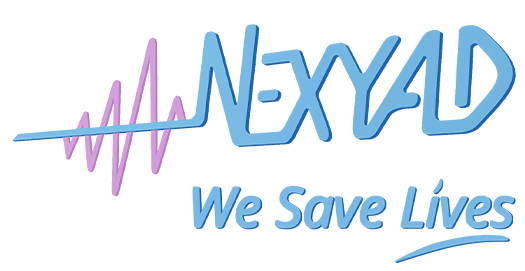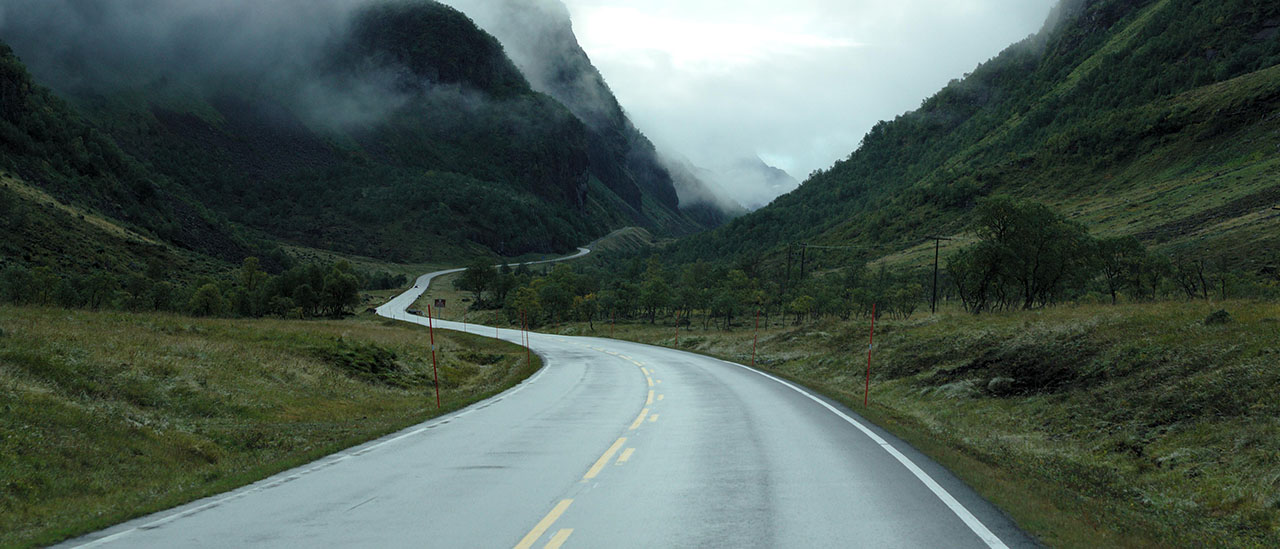FAQ Intelligent Perception
Frequently Asked Questions about our PERCEPTION PRODUCTS
Who uses these products of intelligent perception?
Several customers are successfully deploying our intelligent perception algorithms both with lidars and cameras.
What’s special about your intelligent perception algorithms?
They are a combination of advanced multi-resolution image analysis and deep learning algorithms, which gives them the ability to run on inexpensive platforms (smartphone, NVIDIA, etc.). this characteristic distinguishes them from other technologies.
Why do we measure visibility?
Atmospheric visibility is an important road safety concept, it covers cases of bad weather, darkness (lack of lighting), or on the contrary blindness by bright lights. Non-detection in good weather can be reliable whereas a lack of detection in foggy weather, for instant, does not mean that there is no obstacle to detect. Observing visibility conditions with VisiNex is a guarantee of success for sensor fusion functions, because it gives confidence to the cameras. This confidence is techno insensitive which allows you to change the detection algorithm and compare the results. The weight of radars and lidars must be constantly compared to the visibility conditions by cameras to arbitrate.
How do you use road detection?
Detection of the road has two functions, we detect the driving lane (its surface and its edges) and it brings out obstacles because they are not recognized as the road. RoadNex can be used on trails to detect unknown obstacles, which is rare for a vision system, which generally recognizes specific objects.
What is the range for trains/trams?
It’s a question of sensor not algorithm, we adapt the sensors to the surveillance area.
How do you use road detection?
Detection of the road has two functions, we detect the driving lane (its surface and its edges) and it brings out obstacles because they are not recognized as the road. RoadNex can be used on trails to detect unknown obstacles, which is rare for a vision system, which generally recognizes specific objects.
What are the KPIs of your detection algorithms?
Lidar detection leads to an almost 100% KPI. Concerning vision, the KPIs depend on the one hand on the quality of the camera and optics, and on the other hand on the quality of the observed scene. A vehicle in heavy fog will not achieve the same detection performance as the same vehicle in cloudy weather without rain. This is why we measure visibility with VisiNex which allows us to define the Operational Design Domain (ODD) of our perception systems (RoadNex & ObstaNex) knowing the camera.


